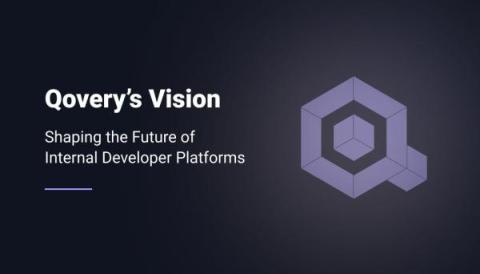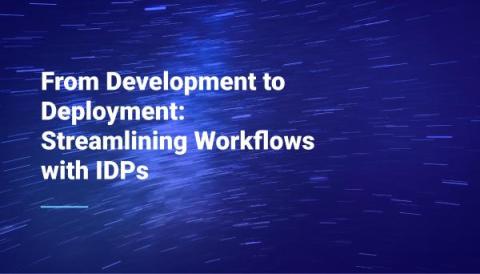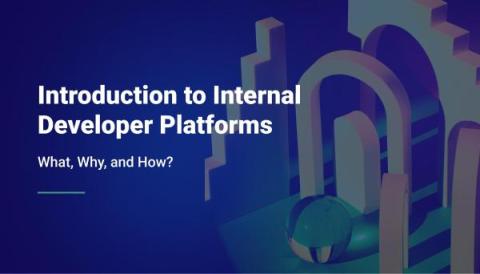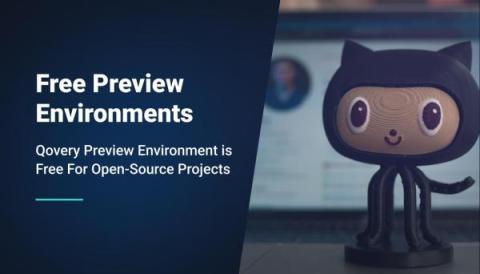AWS vs GCP: Choosing the Best Cloud Provider for Your Needs
If you are confused about whether to go for AWS or Google Cloud (GCP) in 2023, then you should read this article. Both AWS and GCP have made tremendous progress over the past few years. There was a time when AWS was much ahead of Google, but not anymore. Google has reduced the gap to a great extent; it even surpasses AWS in some areas, especially data analytics. However, there is no one-size-fits-all answer to this problem.














